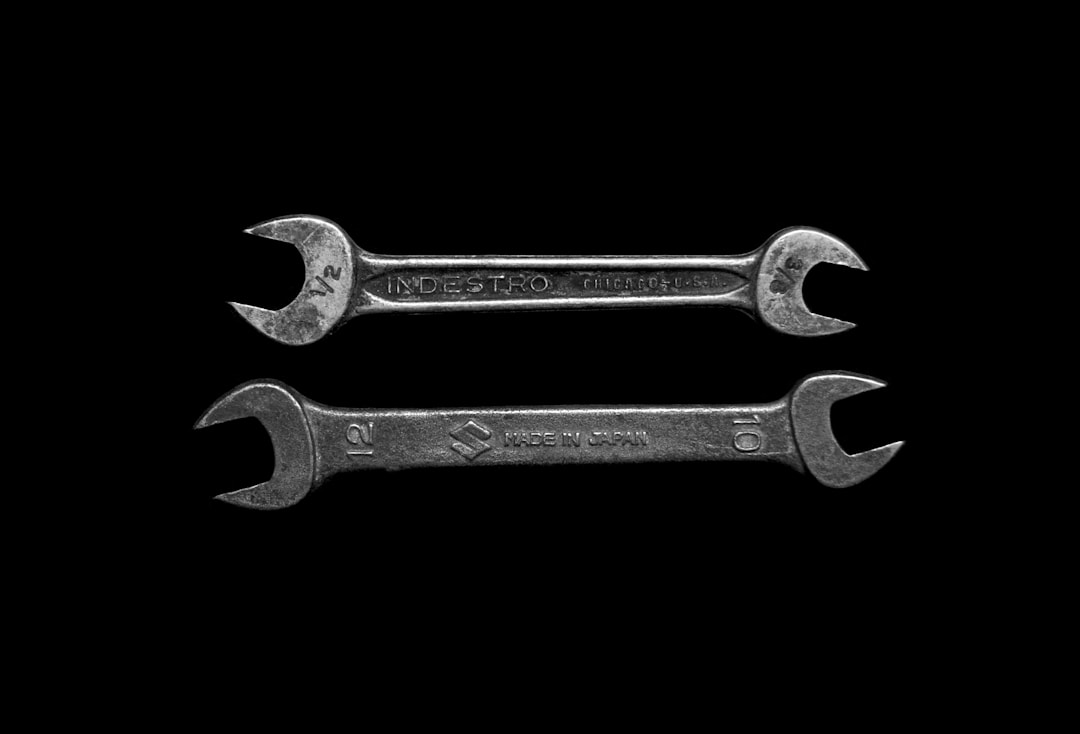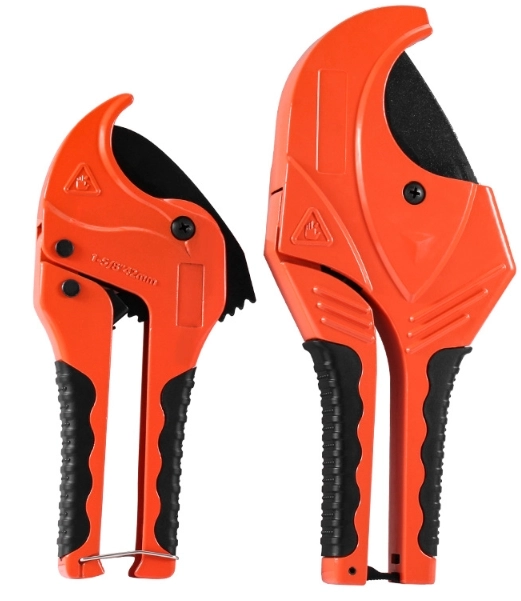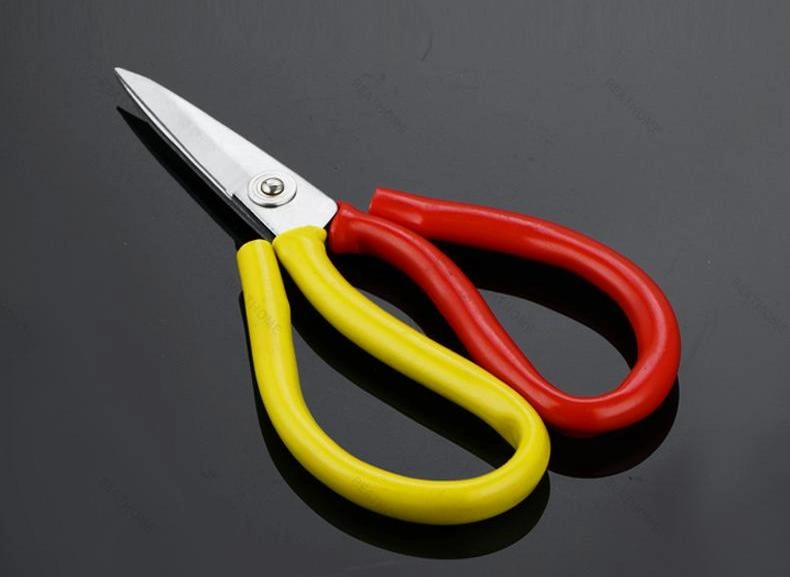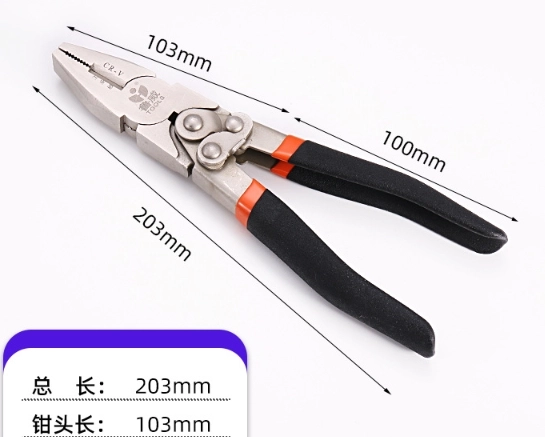How to use a wrench correctly
Feb 19,2025

**How to Use a Wrench Correctly**
Using a wrench may seem like a straightforward task, but doing it correctly is essential for both efficiency and safety. A wrench is a tool used to provide grip and mechanical advantage in applying torque to turn objects, typically nuts and bolts. This article will guide you through the types of wrenches, how to select the right one for your task, and tips on using it correctly.
**Types of Wrenches**
Before diving into how to use a wrench, it’s important to understand the different types available. Each type serves a specific purpose and is designed for particular applications.
1. **Open-End Wrench**: This wrench has a U-shaped opening that fits over the nut or bolt. It allows for quick adjustments but may slip if not applied correctly.
2. **Box-End Wrench**: This type has a closed end that encases the nut or bolt. It provides a better grip and is less likely to slip, making it ideal for tighter spaces.
3. **Combination Wrench**: This wrench combines both open and box ends, offering versatility for various tasks.
4. **Adjustable Wrench**: This wrench features a movable jaw that allows it to fit different sizes of nuts and bolts. It is perfect for situations where you need to work with various fasteners.
5. **Socket Wrench**: This type uses interchangeable sockets to fit different sizes of nuts and bolts. It is commonly used in automotive work and provides a high level of torque.
**Selecting the Right Wrench**
Choosing the right wrench is crucial for the success of your task. Here are some factors to consider when selecting a wrench:
1. **Size**: Ensure that the wrench fits the nut or bolt snugly. Using a wrench that is too large can strip the fastener, while one that is too small can slip and cause injury.
2. **Type of Fastener**: Consider the shape and type of the fastener. Some wrenches are better suited for specific shapes, such as hexagonal or square.
3. **Accessibility**: Determine how much space you have to work with. For tight spaces, a box-end or a socket wrench may be more suitable.
4. **Material**: Wrenches are typically made from steel or chrome vanadium. Opt for high-quality materials to ensure durability and strength.
**Using a Wrench Correctly**
Now that you have selected the appropriate wrench, it’s time to use it correctly. Follow these steps for optimal results:
1. **Inspect the Wrench**: Before use, inspect the wrench for any signs of wear or damage. A damaged wrench can slip or break during use, leading to accidents.
2. **Positioning the Wrench**: Place the wrench onto the nut or bolt. Ensure that it is seated properly to prevent slipping. For an open-end wrench, position it at a slight angle to allow for better leverage.
3. **Applying Torque**: When turning the wrench, apply steady pressure. Use your body weight to help if necessary. For a box-end wrench, pull the handle towards you for better control. If using an adjustable wrench, make sure the jaw is tightened against the fastener to avoid slipping.
4. **Using the Right Motion**: Always turn the wrench in the direction that tightens the fastener (usually clockwise) and loosen it by turning counterclockwise. If you encounter resistance, do not force it; instead, check for cross-threading or other issues.
5. **Avoiding Over-Tightening**: Be cautious not to over-tighten the fastener, as this can lead to damage. It’s better to tighten gradually and check the fit than to apply excessive force.
6. **Proper Storage**: After use, clean the wrench and store it in a dry place to prevent rust and corrosion. Organizing your tools can help you easily find the right wrench for future tasks.
**Safety Tips**
While using a wrench, it’s important to prioritize safety. Here are some tips to keep in mind:
1. **Wear Protective Gear**: Use safety glasses to protect your eyes from debris and gloves to improve grip and protect your hands.
2. **Maintain a Clean Work Area**: Ensure your workspace is free of clutter to avoid accidents.
3. **Be Aware of Your Surroundings**: When working in tight spaces or with heavy machinery, stay alert to your environment to prevent injuries.
4. **Use the Right Technique**: Avoid using your body as a lever. Instead, maintain a stable position and use the wrench properly to apply force.
**Conclusion**
Using a wrench correctly is a fundamental skill for anyone involved in mechanical work, DIY projects, or home repairs. By understanding the different types of wrenches, selecting the right one for the task, and following proper techniques, you can ensure efficient and safe use of this essential tool. Always prioritize safety and take the time to learn the best practices for using a wrench. With experience and care, you’ll become proficient in using this versatile tool, making your projects easier and more successful.
Hot Tags:
NEXT:
Related News

WhatsApp:
E-mail:
ADD:
Room 501, Building 2, Biquan Industrial Park, Cangshan District, Fuzhou
Follow Us

Online Consultation
Copyright © Fujian Yunsun International Trading Co., Ltd., All rights reserved



